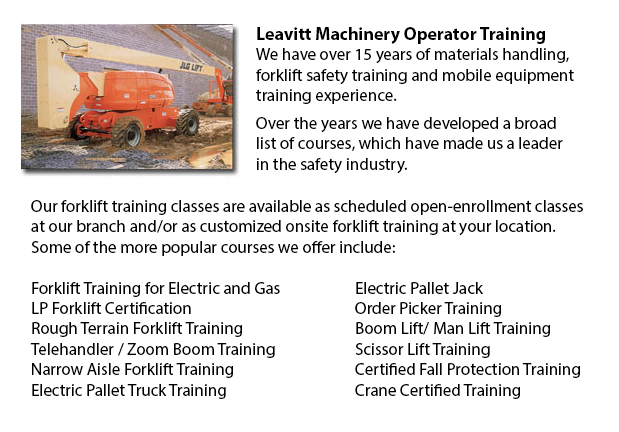
Aerial Boom Lift Ticket Red Deer - Aerial platform lifts are able to accommodate many duties involving high and hard reaching spaces. Normally used to perform regular maintenance in structures with tall ceilings, prune tree branches, raise heavy shelving units or patch up telephone lines. A ladder could also be used for many of the aforementioned projects, although aerial lifts provide more safety and stability when correctly used.
There are many versions of aerial lifts available on the market depending on what the task needed involves. Painters sometimes use scissor aerial hoists for example, which are classified as mobile scaffolding, of use in painting trim and reaching the 2nd story and above on buildings. The scissor aerial lifts use criss-cross braces to stretch out and lengthen upwards. There is a platform attached to the top of the braces that rises simultaneously as the criss-cross braces elevate.
Bucket trucks and cherry pickers are a different type of aerial hoist. They contain a bucket platform on top of an extended arm. As this arm unfolds, the attached platform rises. Forklifts utilize a pronged arm that rises upwards as the lever is moved. Boom lifts have a hydraulic arm that extends outward and lifts the platform. Every one of these aerial hoists have need of special training to operate.
Training programs presented through Occupational Safety & Health Association, known also as OSHA, embrace safety steps, system operation, repair and inspection and device load capacities. Successful completion of these training programs earns a special certified certificate. Only properly certified individuals who have OSHA operating licenses should run aerial hoists. The Occupational Safety & Health Organization has developed guidelines to maintain safety and prevent injury while using aerial hoists. Common sense rules such as not using this piece of equipment to give rides and ensuring all tires on aerial lift trucks are braced so as to prevent machine tipping are mentioned within the guidelines.
Regrettably, statistics illustrate that in excess of 20 operators die each year while running aerial lifts and 8% of those are commercial painters. Most of these accidents are due to inappropriate tire bracing and the lift falling over; therefore some of these deaths were preventable. Operators should make sure that all wheels are locked and braces as a critical safety precaution to prevent the instrument from toppling over.
Marking the encompassing area with obvious markers have to be utilized to safeguard would-be passers-by so they do not come near the lift. Also, markings should be set at about 10 feet of clearance between any power lines and the aerial lift. Hoist operators must at all times be properly harnessed to the lift while up in the air.
-
Fall Protection Ticket Red Deer
Fall Protection Ticket Red Deer - The number one reason of death in the construction industry come from fall-related incidents. There is more possibility for fall accidents depending upon the kinds of work being done in your workplace. Therefore, kno... More -
Overhead Crane Certification Red Deer
Overhead Crane Certification Red Deer - The overhead crane certification course is a course that is designed to help trainees, even if they have language or literacy limitations. The course comprises a practical hands-on training session and a classr... More -
Wheel and Track Loader Training in Red Deer
Lift trucks are obtainable in a variety of various models which have various load capacities. Nearly all typical lift trucks utilized in warehouse settings have load capacities of 1-5 tons. Bigger scale models are utilized for heavier loads, like for... More -
Heavy Equipment Certification Red Deer
Heavy Equipment Certification Red Deer - Heavy duty vehicles are big pieces of machines which are usually known as heavy equipment. It is a broad term that literally includes whatever big utility vehicle in the area of agricultural and forestry imple... More -
Heavy Equipment Operator Classes Red Deer
Heavy Equipment Operator Classes Red Deer - A person who has the correct training to be able to use a particular kind or piece of machine is referred to as an equipment operator. There are different ways that an equipment operator can become trained... More -
Forklift Training Programs Red Deer
Forklift Training Programs Red Deer - Are you searching for a job as a driver of a forklift? Our regulatory-compliant mobile equipment operator training offers instruction in kinds of lift trucks, pre-shift check, fuel types and dealing with fuels, a... More -
Crane Safety Training Red Deer
Crane Safety Training Red Deer - Both crane driver and their supervisors must know all the potential problems related to the operation of an overhead crane. All over North America, there is legislation which provides rules for the safe inspection, ma... More -
Aerial Lift Training Red Deer
Aerial Lift Training Red Deer - An aerial work platform is a mechanized access platform. This device provides access to otherwise inaccessible places for people or equipment. Likewise called an elevating work platform or aerial device, the machinery... More

Forklift Training Red Deer
TOLL FREE: 1-888-254-6157
Red Deer, Alberta
forklifttrainingreddeer.com
Email Us
About Us


